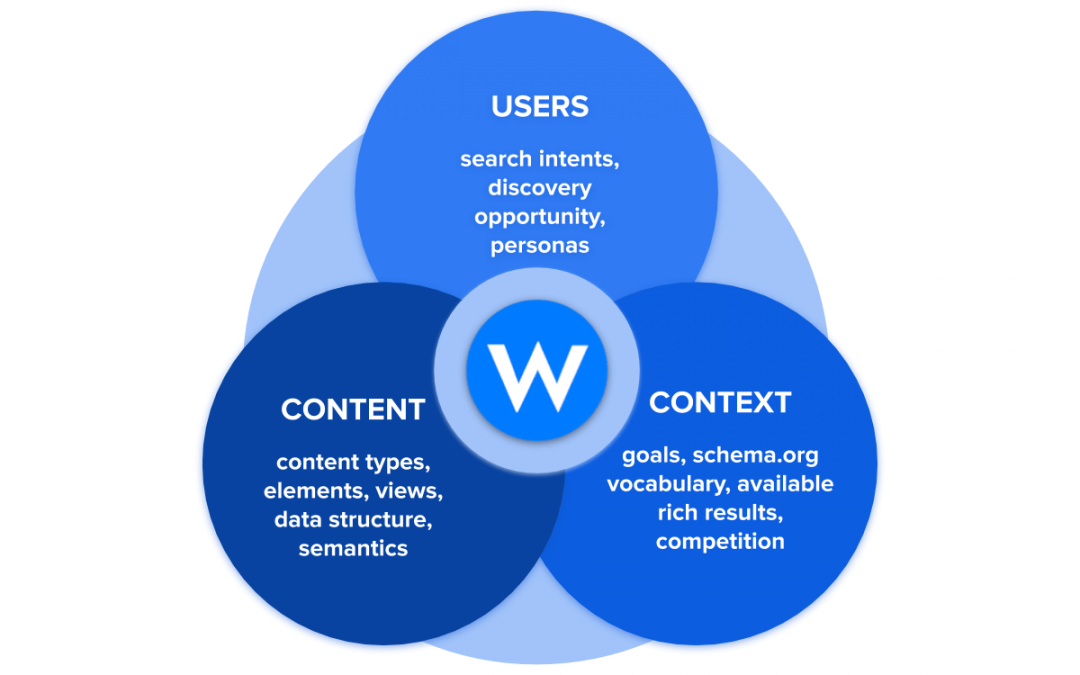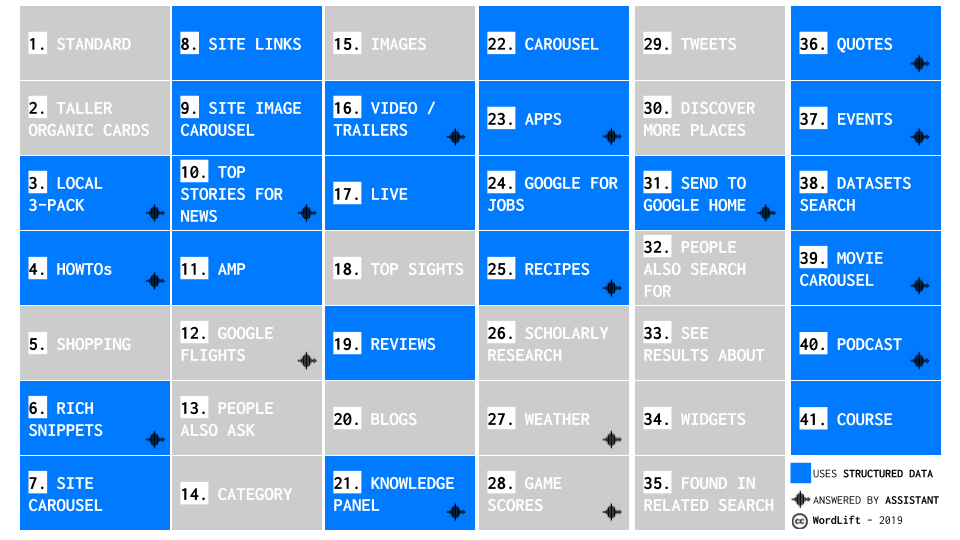Your cart is currently empty!
Month: October 2020
-

Video Markup – Test
-

speakable markup – test
-
Diving deep into Product Knowledge Panels
Let’s take a first look at Product Knowledge Graph Panels and how they can impact the organic traffic of your eCommerce website. In this article I will share everything I learned on this type of rich results. Before dissecting this new panel let’s try to define them. Product Knowledge Graph Panels are information boxes that…
-
Job Posting – Test
-
Test
Product Knowledge Panels
-
SWAPP – Test
-

Review 1
-
WebApplication Markup – Test
-
BERT
BERT
-
Dynamic Asset Allocation